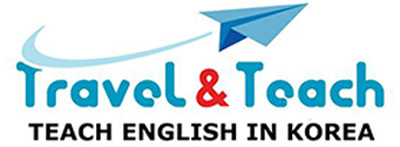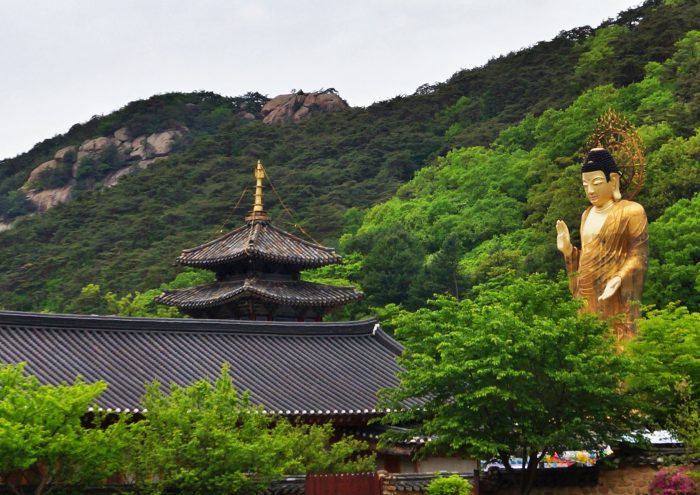No matter where one lives, it is important to develop a routine. A vital, if often overlooked part of this routine is allowing yourself the time and opportunity for leisure. The happiest people know how to balance their career with their life away from the work environment. Your time teaching in Korea is no different, and thankfully, the country offers ample relaxation and recreational opportunities. Activities in Korea are plentiful and varied, below are just a few you can explore.
Yoga, Mountains and Martial Arts in Korea
Long popular in the west, yoga has been increasing in popularity in Korea since the early 2000’s. With nearly a dozen yoga studios in Daegu alone, there are many facilities where amateurs and experienced yoga practitioners alike can stretch out, breathe deep, and relax.
Nature lovers will find that the numerous mountains and valleys of South Korea offer hiking and sightseeing prospects that may be sorely needed after spending a work-week in a large urban setting. With hundreds of miles of trails for everyone from novice hikers to experienced adventurers; whether you want to summit the nearly 2000 meter high Jirsan Mountain, or explore the 73 kilometer wide Jejudo Island, the wonders of nature are easily accessible in South Korea.
As with many eastern nations, martial arts are very popular in South Korea. Not only do these practices teach self-defense but they teach one self-discipline and deep focus techniques. One of the most popular martial arts practiced in Korea is hapkido. Similar to karate and jujitsu, hapkido teaches one to make the most efficient use of their bodies using kicks, punches and sweeping motions. Every major city in Korea offers hapkido courses for beginners. Not only will these courses teach new skills, but they are great ways to meet new and interesting people and to develop relationships.
Visiting Korean Buddhist Temples
No matter your faith, whether religious or secular, it may be worth a visit to some of the hundreds of Buddhist temples that are spread in and around cities like Daegu. Notable among these is Donghwasa. Located a short bus ride up the southern slope Mt. Palgongsan in Daegu, the temple was originally built in 493 AD. Accessible and illuminating, the temple is a glimpse into the religion and practices of dedicated Buddhism. On its grounds are numerous flower gardens and a large statue of Buddha built in 1992 in hopes that it would help to reunify the Korean Peninsula. A glimpse back in history and an insightful view into the cultural and religious practices of the Korean people, Donghwasa and the many temples like it across the nation and the Asian continent are well worth the visit.
Take time to enjoy all the activities in Korea that you can explore when living and teaching there. You came for an experience, not just a job. Those teaching English in Korea may very likely have easily found jobs teaching at home, but the adventure and opportunity for growth is likely what drew you. To make this the best experience for you and your students, it is of great benefit to experience as many activities in Korea as you can to best identify with your new friends and neighbors and the nation they have always called home.
Don’t know how to get started? Not to worry – we’re here to help. Ask Us Anything!


